What Are The AAFCO Nutritional Guidelines?
What are the AAFCO guidelines and how do we apply them to our pet foods? We explain the AAFCO feeding standards for dog and cat food and our commitment to following a complete and balanced nutrient profile.
What are the AAFCO guidelines and how do we apply them to our pet foods? We explain the AAFCO feeding standards for dog and cat food and our commitment to following a complete and balanced nutrient profile.
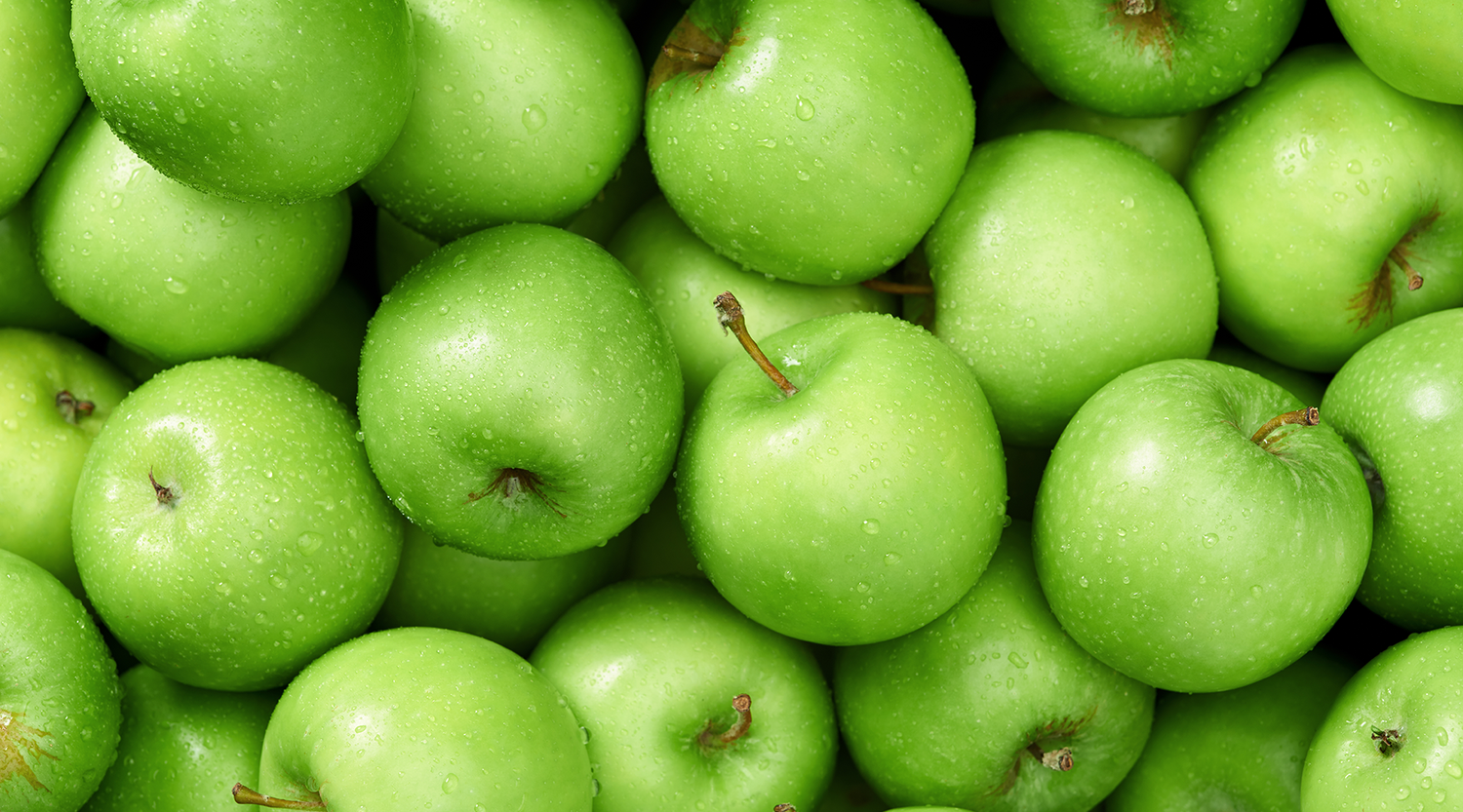
Yes, dogs can eat apples but there are some caveats. Apples are a good source of fiber and vitamins A & C but should only be given to dogs in moderation. Learn what the optimal amount of apple is for dogs.
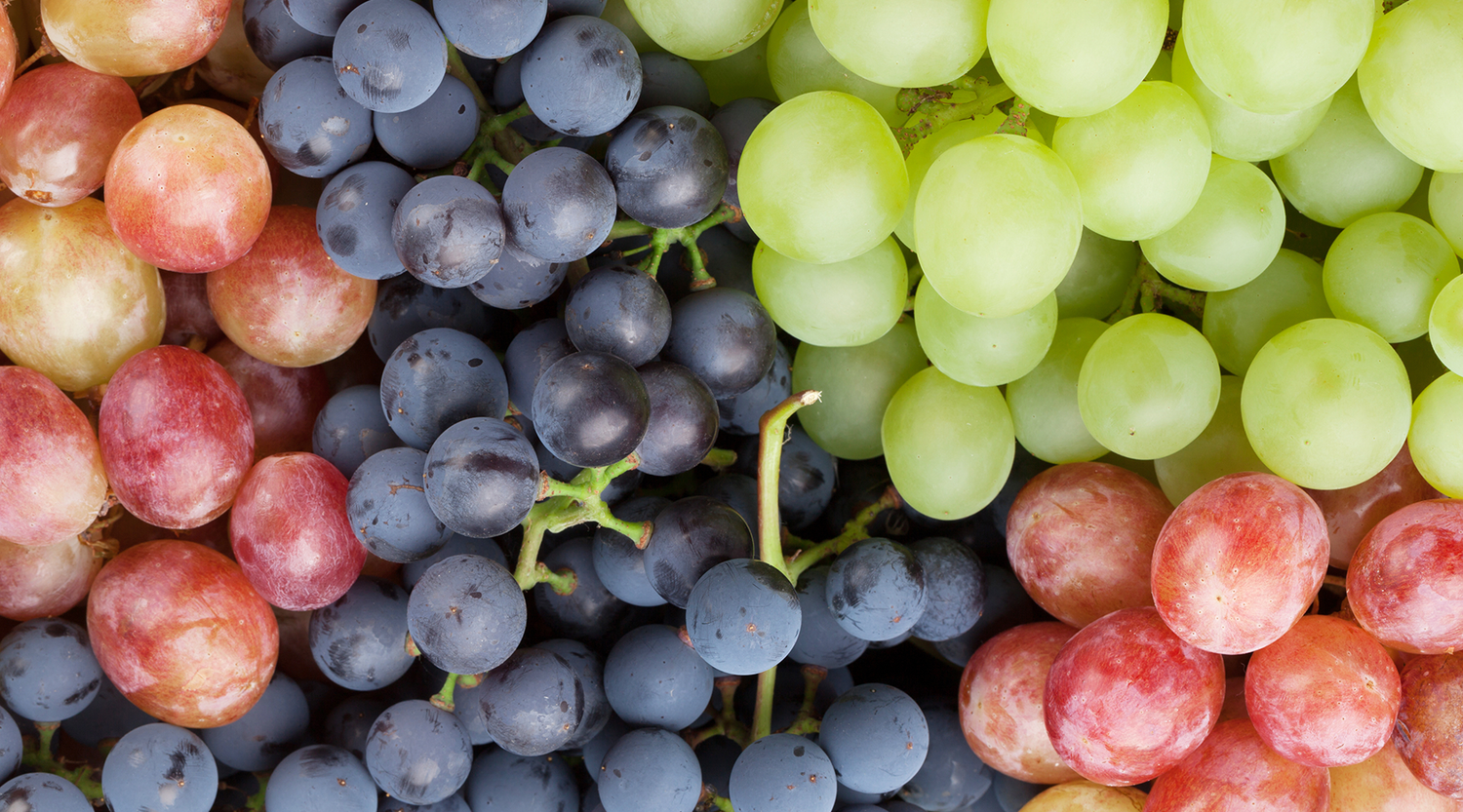
Grapes contain an unknown toxin that can cause kidney failure in dogs. Even a small amount can be potentially harmful. This information could save your dog!
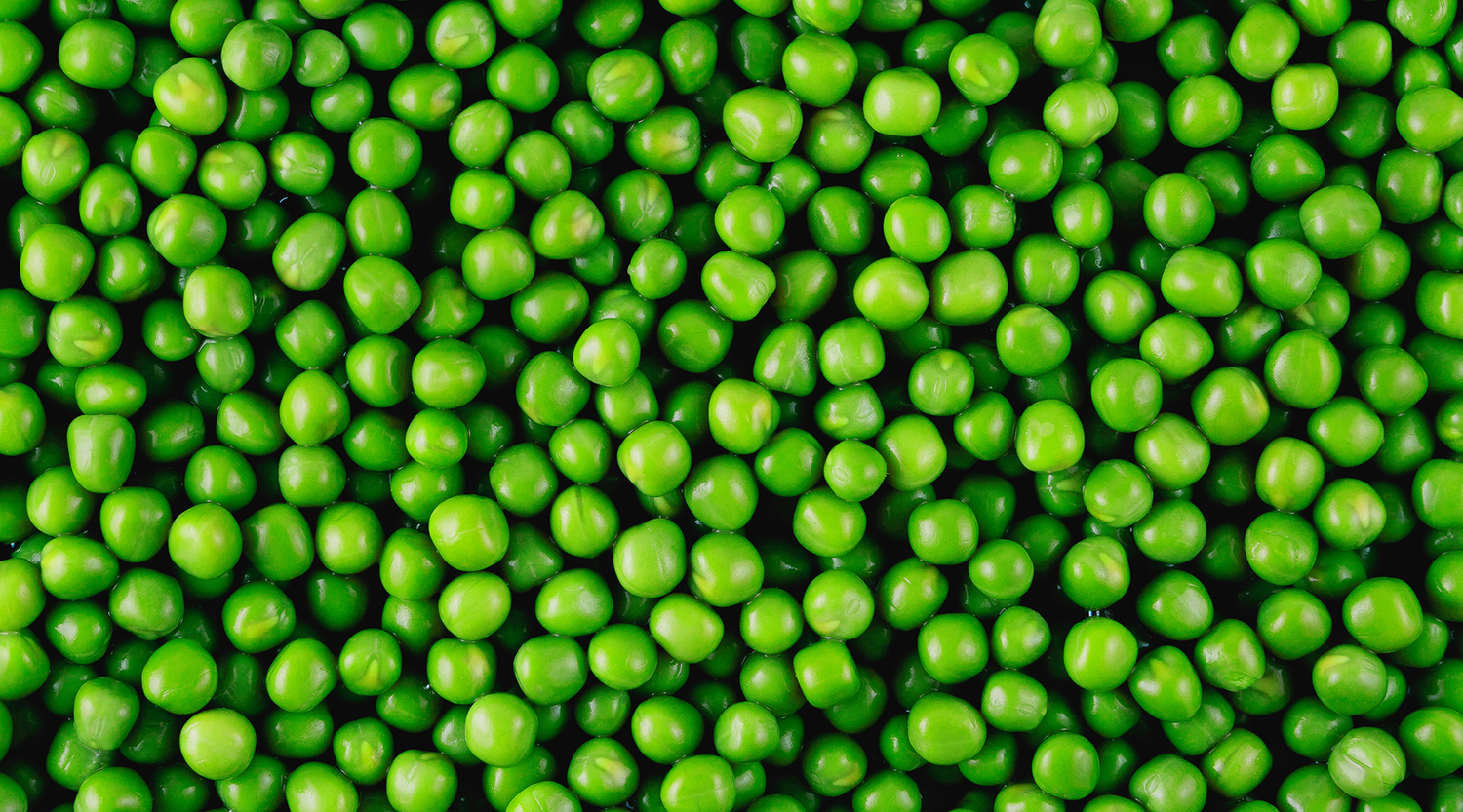
As a pet parent, you may be wondering can dogs eat peas? The answer is yes! However, it is important to cook the peas before feeding them to your dog. Find out more.

The short answer is YES! Watermelon is a healthy, low-calorie treat for dogs. It's a good source of vitamins A and C, as well as fiber. Here's everything you need to know.

If you're like most dog owners, you probably have a few questions about what your furry friend can and can't eat. So, can dogs eat bananas? Find out more here...
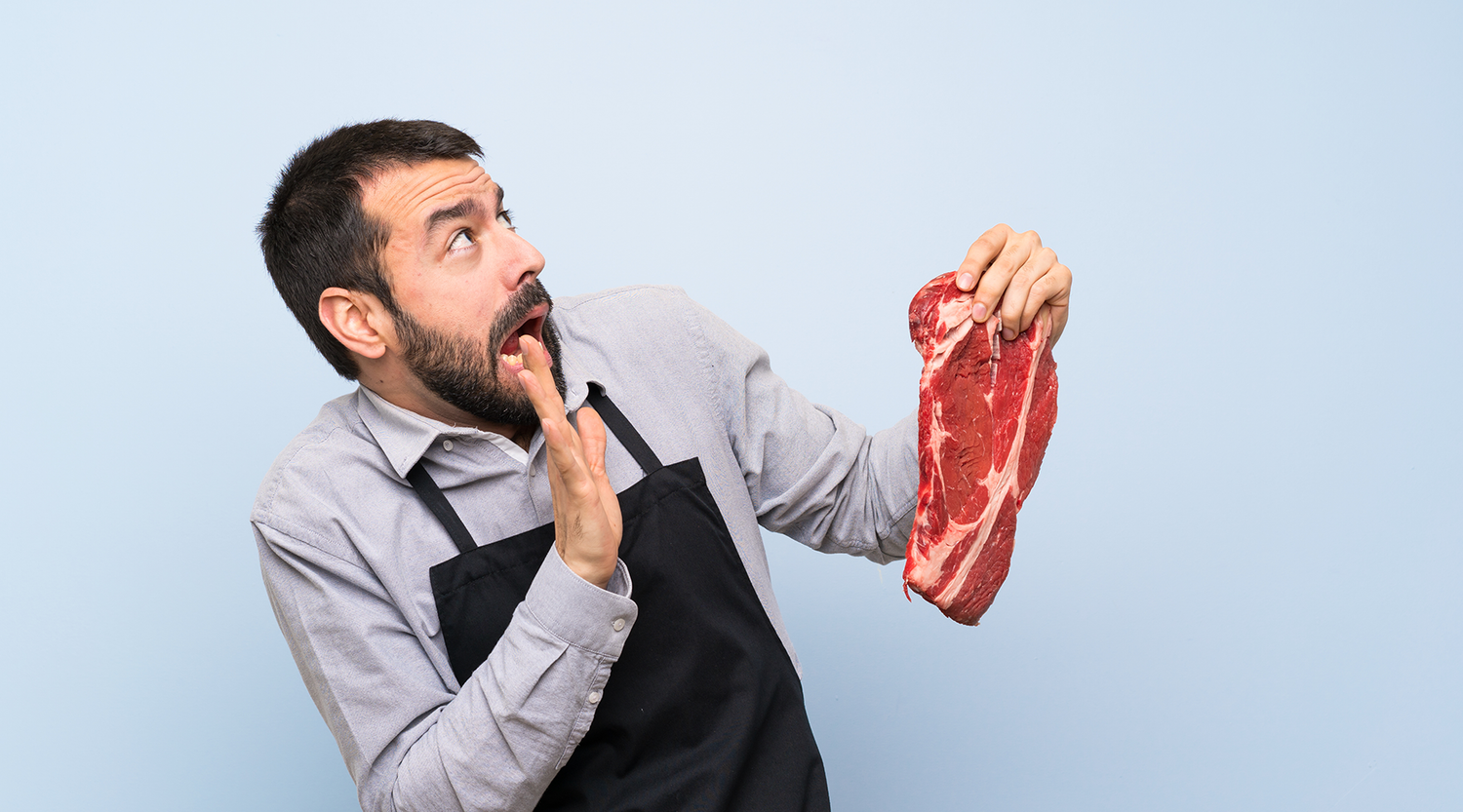
There are plenty of myths floating around about raw feeding. It's time to separate fact from fiction and take a logical approach to understand the real raw feeding risks.
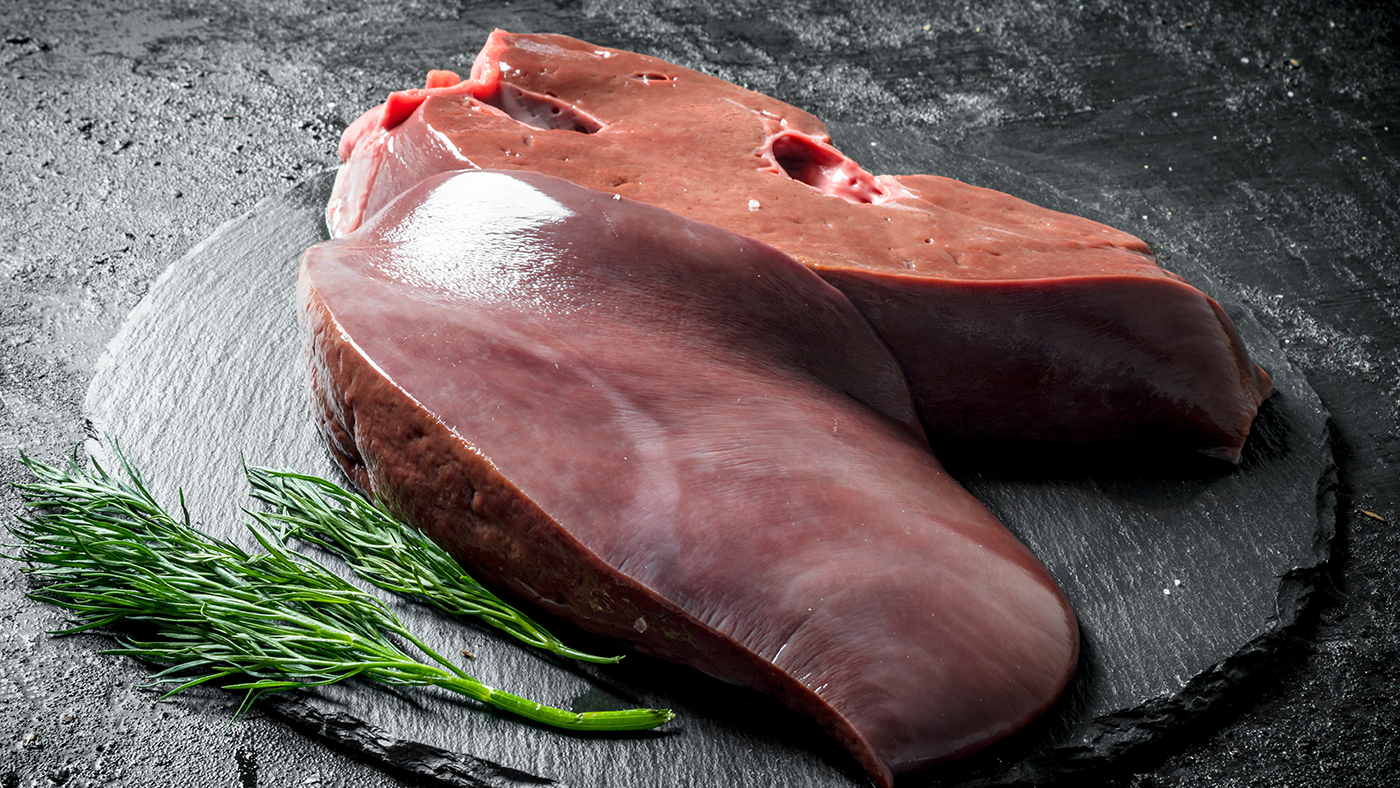
When it comes to your dog's diet, beef liver can have a number of important benefits for their overall health and well-being. For example, this nutrient-rich food like eating liver can help to promote strong bones and teeth, boost your dog's immune system, and improve their digestive function.